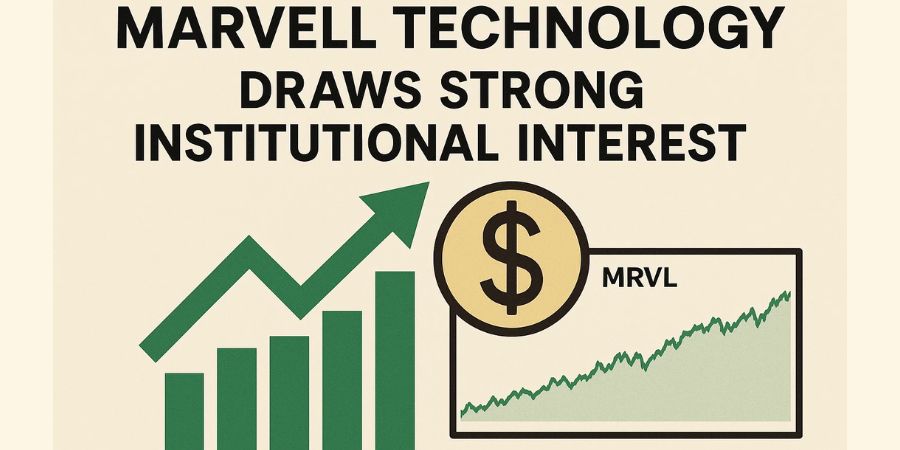When individuals hear the words sustainable shopping, many assume it is pricey or difficult. But those days are over. In the past few years, the way individuals shop has begun to change. Increasingly, they are considering environmentally friendly shopping practices, considering where their clothes are made, what items are constructed from, and how their actions impact the earth.
And the surprise? Big brands have taken notice. They used to keep it under wraps about how and where they produce their goods. But now, they’re beginning to open up, because consumers are asking the right questions.
So what’s actually happening behind the scenes? Let’s tear it apart.
What Does Sustainable Shopping Really Mean
Sustainable shopping is not about always buying costly, organic products. It’s about making intelligent decisions that are more environmentally friendly and for the people creating the products. It can be something as easy as purchasing less, opting for products that will last longer, or for businesses that are concerned about the earth.
Think of it this way, whenever you spend money, you’re voting with your pocketbook. You’re voting for not only the product but also how it was produced.
Why Are Big Brands Suddenly Talking About Sustainability
Large brands never used to care about responsible consumerism. Let’s be real, most of them just cared about selling more. Fast fashion, plastic wrapping, wasteful production, it was all the norm. But the times are a-changin’.
Consumers today not only seek a good bargain. They want to feel good about what they purchase. They desire transparency, cleaner production, and higher values. And since customers are beginning to ask for ethical shopping habits, major brands are now catching up slowly.
They’ve come to understand that keeping quiet is no longer an option. Indeed, hiding behind glitzy adverts and colorful packaging does not cut it when consumers demand answers. Therefore, nowadays, businesses are more willing to disclose using recycled products, reducing wastage, and treating employees more humanely, all for satisfying increasing demands for environmentally-friendly consumer purchases.
How You Can Spot Greenwashing
Let’s take a break. Just because a brand calls itself “green” doesn’t necessarily mean that it is. Many companies will use words like “eco-friendly,” “natural,” or “clean” but not necessarily have the credentials to back it up. This practice is referred to as greenwashing.
How to recognize it:
- If a product is green labeled but does not have solid proof or certification, watch out.
- If you have one “green” item in your whole line that everything else is just wasteful, that is a red flag.
- If a brand boasts loudly but doesn’t follow through with action, that is another giveaway.
- True sustainable shopping practices have real changes standing behind them – not mere slogan-ing.
Doing Small Things that Make a Difference
The plus side? It doesn’t require you to make a complete transformation in your entire life. Just a few easy things anyone can do:
- Shop less frequently, but purchase higher quality.
- Search for second-hand products or regional brands.
- Read labels, phrases such as “made from recycled materials” or “fair trade” actually do count.
Choose brands that are transparent about their supply chains.
These small changes accumulate over time. Each time a person purchases a better product, it makes a difference. The more individuals shop in this manner, the more pressure on brands to improve.
Why This Movement is Spreading Quickly
You might have noticed increased discussion about environmentally friendly buys on social media, in shops, and even in commercials. That’s because this isn’t a trend, it’s a change. Folks are understanding that shopping is no longer only about convenience. It’s about influence.
Gen Z and millennials, especially, are leading the way. They’re asking questions like: Who made this? What’s it made of? Where does it go after I’m done with it? And older generations are starting to follow too, because the facts are clear, our shopping habits have a huge effect on the environment.
The Role of Brands Moving Forward
Since the truth is out now, major brands can’t afford to turn a blind eye. They’re being held to account. Increasing numbers of companies are publishing ethical shopping practices reports, joining global sustainability initiatives, and lowering their carbon footprint.
But they also understand that action speaks louder than words. That’s why leading brands are making investments in superior fabrics, clean energy, reduced-waste packaging, and decent labor.
And it’s paying off, consumers are listening. Purchases are shifting. The brands that evolve with the times are winning consumer trust.
Green shopping isn’t a secret anymore. It’s becoming the new normal. Whether you’re buying a shirt, a bottle of shampoo, or a pair of shoes, any decision we make can influence the future.
Brands are no longer covering up what’s really behind their products, because shoppers are observing, learning, and making better. Green shopping behavior and sustainable consumption are no longer alternative philosophies. They’re smart, routine choices more are adopting.
And the best news? Anyone can join in. You don’t have a large budget or a glamorous lifestyle. Just a little knowledge, a little effort, and a commitment to care in your shopping.
Because every little change makes a big difference, and it all begins with what goes in your cart.













